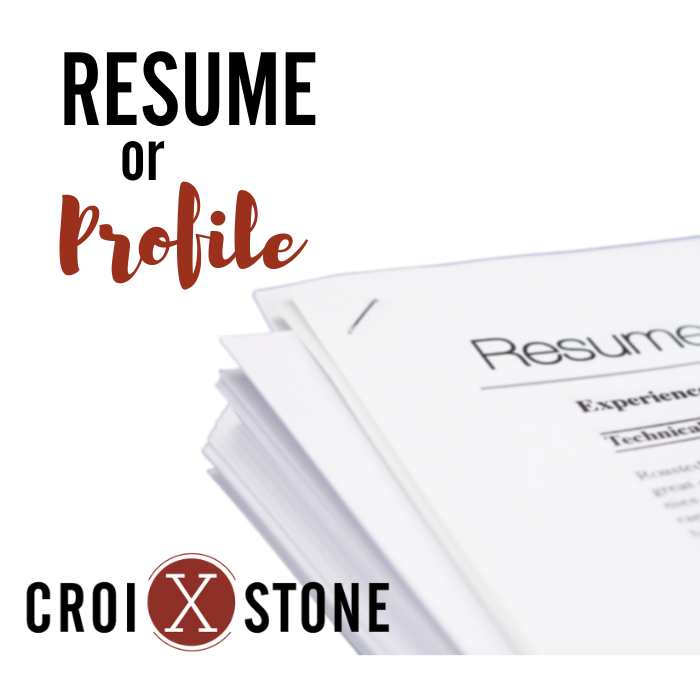Know How Your Resume Differs From Your LinkedIn Profile
Your resume and LinkedIn profile are two foundational tools that support your personal brand. While each plays a role in communicating your professional background and expertise, they serve slightly different purposes. And because of this fact, your resume and LinkedIn profile should be different.
So just how should they be different?
We leveraged the expertise from the team at Vault to answer this question.
- Customization. Many experts recommend that you customize your resume for each job to meet the relevant needs of a specific position and the hiring manager. Your LinkedIn profile, on the other hand, does the broad job of presenting your professional persona. While it may require some tweaking, you typically don’t tailor it to the same degree as your resume to fit the requirements of a role.
- Length & Level of Detail. You don’t have the luxury of space with your resume. The document is designed to be scanned so that recruiters and hiring managers can quickly understand your career narrative and qualifications. Your LinkedIn profile offers the luxury of space to communicate a full and colorful story. Use it to your advantage and be certain to include information about involvement with professional associations, nonprofit organizations, etc.
- Supplementary Proof. Your resume is typically a 1-2 page stand alone document. LinkedIn offers features for you to add attachments, hyperlinks, videos, skill endorsements, recommendations and more. We recommend that you take full advantage of these features to shape your colorful story on LinkedIn.
- Privacy. Since LinkedIn is a public platform, you need to be careful about listing confidential business metrics or sensitive personal information. Since your resume is a private document to be selectively shared, there is more opportunity to include specific facts and figures that build a strong case for you to be hired.
- Tone of Voice. While professionalism is a must on both your resume and LinkedIn, your tone can differ. Your resume should prioritize formal wording over colloquial phrasings, and you should avoid using first-person pronouns. Since LinkedIn exists as a networking site and social platform, a degree of informality is allowed to the extent that you should feel at liberty to showcase your personality (within the boundaries of professionalism, of course).
- Imagery. For the vast majority of job seekers, your resume should never include your photo. On LinkedIn, a professional profile picture is essential to sharing the story of you.
Click here to learn more

